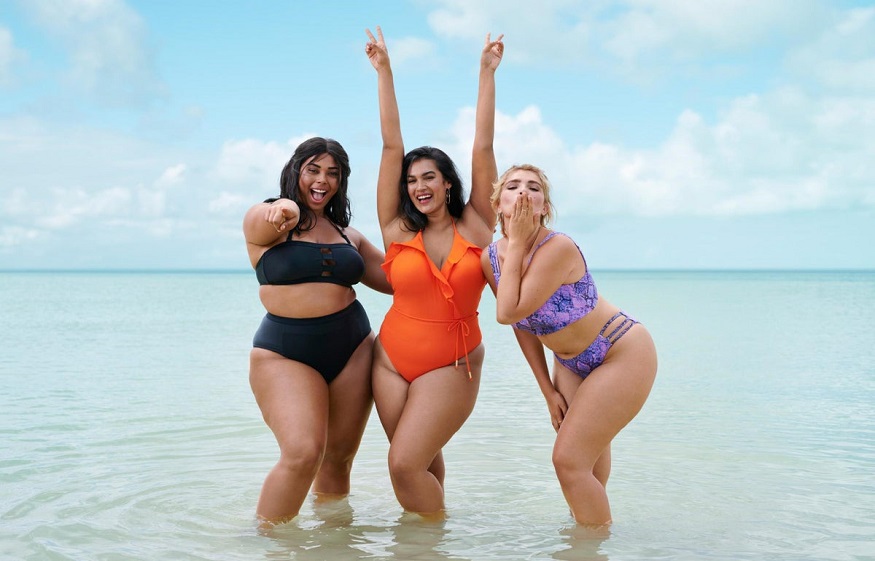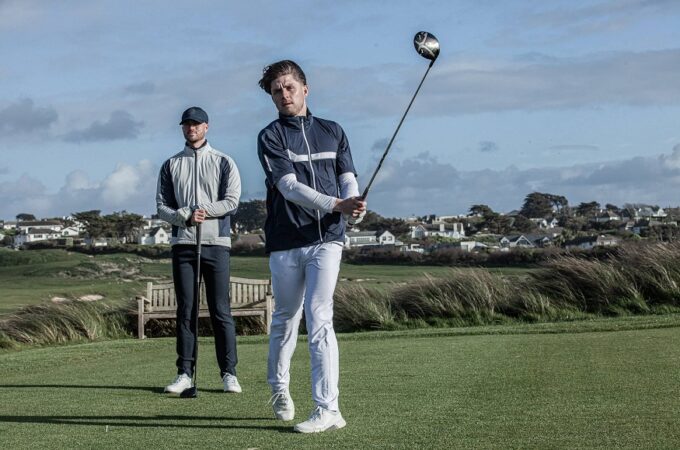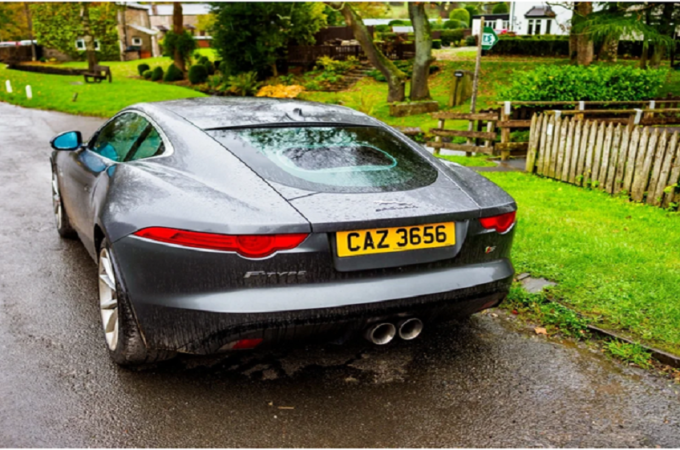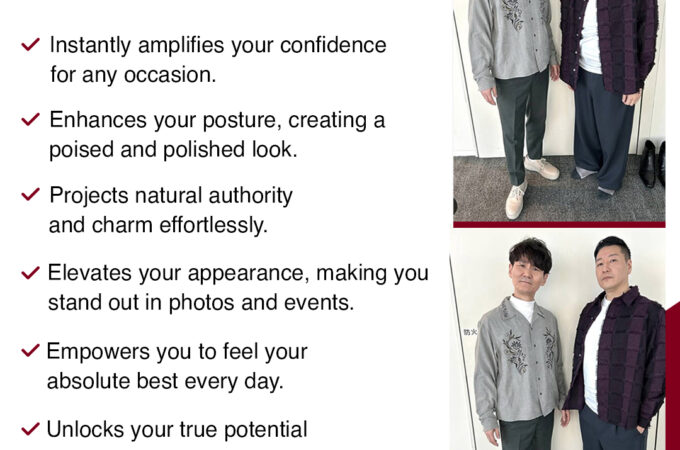
Why is it difficult to find eco-responsible plus size clothing?
In recent years, environmental issues have taken on crucial importance in the eyes of consumers who demand ethical fashion – the various cases of modern slavery in the textile industry have also gone through this – pushing designers to rethink their practices.
But the question of clothing that is both large and environmentally responsible is it, seldom mentioned. For fat women, the path to good looking and good clothing remains strewn with pitfalls.
How Instagram censors the bodies of fat women
19. This is the number of plus-size models who walked the catwalks during Fall-Winter 2021 Fashion Week , all capitals combined. A derisory statistic, and what is more, in free fall since the arrival of the Covid-19 since it was 46 during the parades for the fall-winter 2020.
Despite everything, this number reported by The Fashion Spot remains encouraging when we know that in the spring of 2016, only six curvy women were welcome in the fashion shows of the designers.
This exclusion of fat women has a cause: grossophobia . The industry , like society, has always worshiped thinness, so much so that one almost thinks that fat women do not exist .
De facto, the erasure of large bodies is found at the start of the process of making clothes. Actors in the textile industry indeed restrict their sizes for several reasons . The first and not the least: the cost.
Video of the day:
When you create a garment, you can provide an approximate number of pattern cuts in one and the same fabric yardage, up to a size 42. As soon as you want to go over it, you have to add yardage . “A cost that may not be amortized later,” says Dinah Sultan , trendforecaster at the consultancy and trends agency Peclers Paris .
There was a fear of being “deformed” by tall sizes.
What then of luxury houses which, for their part, have more financial resources? Well the image. Year 2009, the couturier Karl Lagerfeld declares that curvy women have nothing to do in the industry. “Nobody wants to see fat women there , ” he explains to the German magazine Focus . And to respond to the criticisms made state of the specific grossophobia in the world of fashion. “It’s the fat, good women sitting with their packet of crisps in front of the television that say skinny models are hideous.”
Dinah Sultan analyzes: “For several years, there was a fear on the part of brands of finding themselves” deformed “by large sizes. This is also why strong women flock to accessories to wear these. big brands and not on clothes, since they don’t exist. “
You have to be trained to dress big bodies. But this education, which should be provided in fashion schools and sewing workshops, is mostly non-existent.
Another reality of the sector: “to cut clothes for the big size requires a real expertise . They are not at all the same bodies as those which stop at 42”, specifies the trendforecaster . Indeed, the more the size increases, the more certain parts of the body – mainly the hips and the thighs – will be pronounced. You have to be trained to dress big bodies. But this education, which should be provided in fashion schools and sewing workshops, is mostly non-existent. Structurally, fashion discriminates.
And if brands have entered the plus-size market , there is no guarantee that their offer will meet expectations. Especially in terms of style. Indeed, many labels imagine large collections without taking into account the clothing tastes of customers or their attraction for beautiful pieces or trends. For many, it would seem that the coated woman is only trying to put something, anything, on her back. Results ? Minimal effort on styling.





